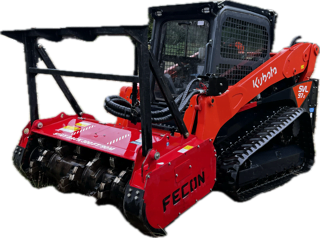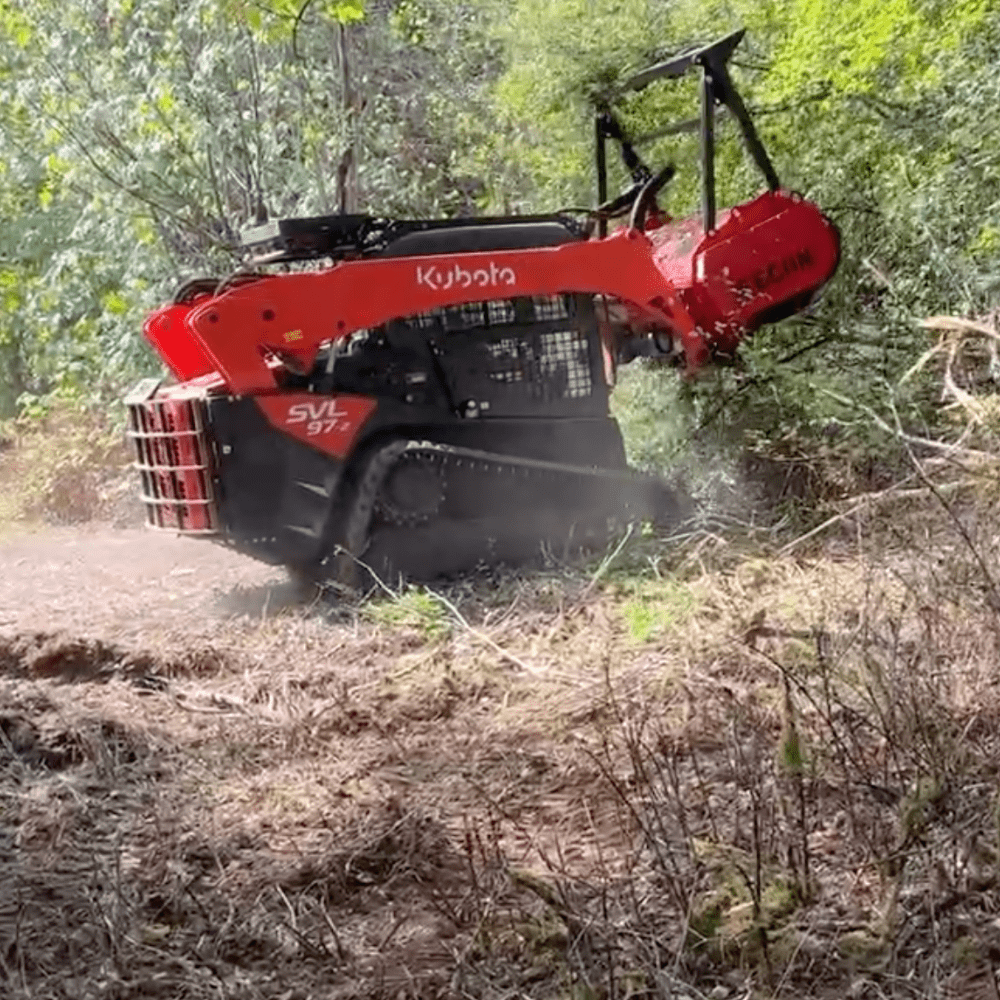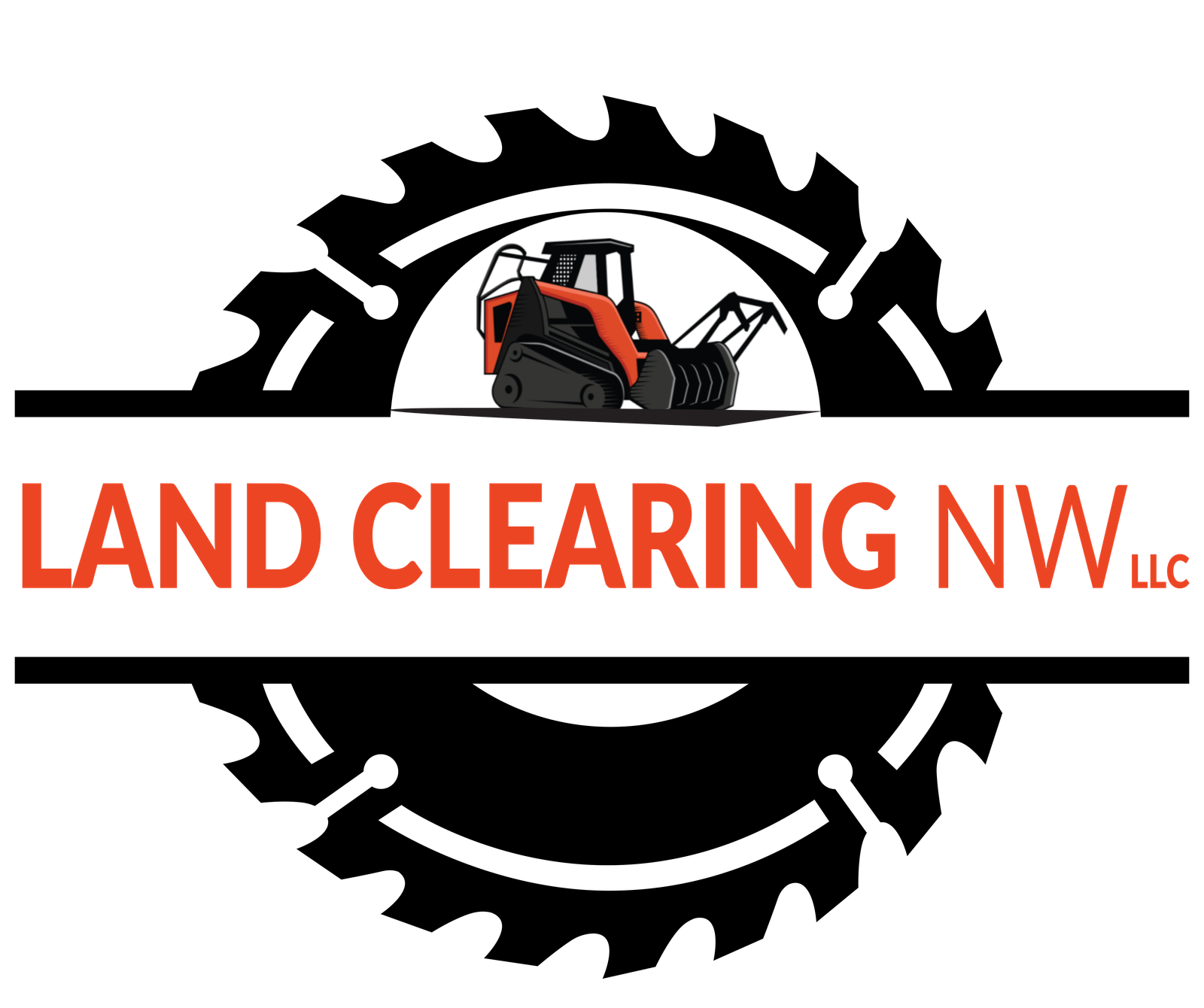Field/Pasture restoration in Amboy WA

Get a free estimate

Services
Field Pasture Restoration in Amboy WA
Field Pasture Restoration: Expert Guide for Amboy, WA in 2024
Introduction
Field pasture restoration is an essential process aimed at renewing and improving degraded or unproductive pastures. In Amboy, WA, effective pasture restoration is vital for enhancing soil health, promoting biodiversity, and increasing forage availability for livestock. This process includes techniques such as seeding, soil amendment, and weed control, all tailored to rebound the productivity and ecological balance of the pastureland.
The importance of field pasture restoration cannot be overstated. It not only contributes to agricultural sustainability but also improves the overall ecosystem by supporting a diverse range of plant and animal life. By opting for professional services like those offered by Land Clearing NW, property owners can achieve their land restoration goals effectively and sustainably.
Top Field Pasture Restoration Methods
In Amboy, a variety of methods can be utilized for effective field pasture restoration:
-
Soil Testing and Amendments: Conducting soil tests is crucial to understand nutrient deficiencies and pH levels. Based on the results, appropriate fertilizers and organic amendments can be applied to enhance soil fertility.
-
Seeding: Selecting the right mix of native and drought-resistant grasses, legumes, and forbs is key. Broadcasting seeds or using a no-till drill can help establish a robust pasture.
-
Weed Control: Managing invasive species is critical for pasture visibility. Techniques may include targeted herbicide treatments or mechanical removal.
-
Controlled Grazing: Implementing a rotational grazing system allows pastures to recover and grow, leading to healthier plants and improved soil structure.
Each method has its own effectiveness depending on the specific conditions of the field and the goals of the restoration project. For a comprehensive insight into our services related to field pasture restoration, visit Land Clearing NW Services.
For more information on ecological benefits and practices, consult this external guide.
Choosing the Best Field Pasture Restoration Provider
Selecting the right provider for field pasture restoration ensures that your land receives the best care and techniques available. Here are some qualifications to look for:
- Experience with Local Conditions: Look for a provider familiar with Amboy’s soil types, climate, and local vegetation.
- Certifications: Proper certifications in agronomy or environmental management can reflect professionalism and expertise.
- Sustainability Practices: The best providers will prioritize sustainable and environmentally-friendly methods in their restoration processes.
Questions to Ask Providers
- Can you provide examples of past restoration projects in this region?
- What techniques do you use for soil management and seed selection?
- How do you measure the success of a restoration project?
Red Flags to Watch Out For
- Lack of transparency regarding methods and pricing.
- Unwillingness to provide references or project examples.
- Insufficient knowledge of local ecological conditions.
For more details on our qualifications and experience, check out Land Clearing NW’s About Us page.
You may also refer to the American Society of Agronomy for additional insights on finding a qualified provider.
Field Pasture Restoration Costs
Understanding the costs associated with field pasture restoration in Amboy is crucial for budgeting. Typically, restoration costs can vary widely based on:
- Size of the Pasture: Larger areas tend to have lower costs per acre due to economies of scale.
- Current Condition of the Land: Highly degraded pastures may require more intensive rehabilitation techniques, increasing the overall cost.
- Seed and Amendment Quality: The quality of seeds and soil amendments affects both immediate costs and long-term pasture health.
Money-Saving Tips
- Plan Restoration During Off-Peak Times: Scheduling work in off-peak seasons may yield better rates.
- Seek Consultation Services: Consider consulting with providers before committing to larger projects to optimize investment.
For a more tailored cost estimate based on your specific project, please visit our Contact Us page.
For broader insights into restoration costs, refer to this regional pricing guide.
Field Pasture Restoration Regulations in Amboy, WA
When restoring field pastures, it’s important to comply with local agricultural regulations and environmental policies:
- Permitting: Regulatory bodies may require permits for certain restoration practices, especially when altering drainage or natural landscapes.
- Environmental Considerations: Consideration for local wildlife habitats and natural resources is crucial. Any restoration process should limit negative environmental impacts.
For more information on local regulations, you can consult the Clark County Community Development department.
Preparing for Field Pasture Restoration
Before your restoration project begins, proper preparation is key to success:
Preparation Checklist
- Conduct a Soil Test: Gain insight into soil health and nutrient needs before any amendments.
- Define Your Goals: Determine what you want to achieve with restoration (e.g., increased forage, biodiversity).
- Plan for Maintenance: Develop a management plan for after the restoration process to ensure success.
Tips for Smooth Service
- Schedule initial consultations to align expectations with restoration providers.
- Prepare the site by removing debris and clearing existing vegetation where necessary.
Safety Measures
- Ensure that safety protocols are in place for all personnel involved in the project.
For additional information, check out the relevant service page on Land Clearing NW.
Post-Field Pasture Restoration Management
After the restoration process, ongoing management is crucial to ensure the success and longevity of your pasture:
- Ongoing Monitoring: Regularly check for weed encroachment and the health of the new plants.
- Fertilization and Maintenance: Amendments may be needed periodically to maintain soil fertility.
- Grazing Management: Implementing a planned grazing system can support rejuvenation without causing overgrazing.
Check our additional services for follow-up maintenance Land Clearing NW Services.
Field Pasture Restoration Case Study
A recent project in Amboy involved a 15-acre pasture that had been severely overgrazed for several years.
Challenges Faced
- Erosion issues and poor soil quality led to a lack of adequate forage.
Solutions Implemented
- Soil testing was conducted, and a customized amendment plan was developed. A mixture of native grasses was seeded, along with controlled grazing techniques incorporated to enhance recovery.
Results Achieved
- Within one growing season, pasture health improved significantly, and the landowners reported a 50% increase in forage availability for their livestock. For more about our successful projects, see our Location page.
Expert Field Pasture Restoration Tips
Here are some expert tips from the professionals at Land Clearing NW to help you with your pasture restoration project:
- Focus on Native Species: Use native plants for best adaptation to local conditions.
- Be Patient: Restoration is a gradual process. Allow time for established species to thrive.
- Stay Educated: Keep up with new practices in sustainable agriculture and pasture management.
For more insights, visit our Land Clearing NW Blog.
Industry Resources
Explore industry standards and methods through the USDA Natural Resources Conservation Service.
Field Pasture Restoration FAQs
-
What is involved in pasture restoration? Pasture restoration includes soil testing, amending, seeding, and managing invasive species.
-
How long does the restoration process usually take? The restoration duration varies but typically ranges from a few months to several years, depending on initial conditions.
-
Is pasture restoration worth the investment? Yes, enhanced soil health and forage availability lead to better livestock production and sustainable land use.
-
What are the first steps I should take? Initiate with soil testing and consult with a restoration expert for a tailored plan.
-
Can pasture restoration improve biodiversity? Absolutely! Choosing diverse plant species enhances habitat for wildlife and supports local ecosystems.
For more FAQs, please visit our FAQ page.
Conclusion
In summary, field pasture restoration is an essential practice for promoting agricultural sustainability and land health in Amboy, WA. By employing professional services from Land Clearing NW, you can enhance your land’s productivity and ecological balance.
With the right techniques and ongoing management, your pasture can thrive, supporting both livestock and local biodiversity for years to come.

